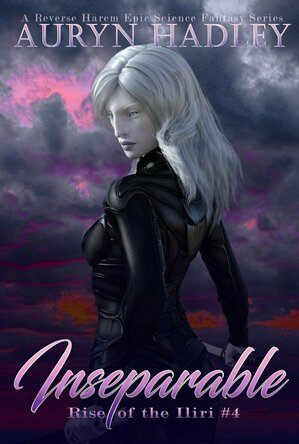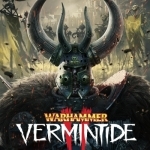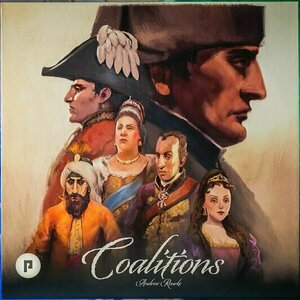
Mushrooms: Deeply Delicious Recipes, from Soups and Salads to Pasta and Pies
Book
A celebration of mushrooms and fungi - from folklore to foraging. Plus a collection of more than 65...

Fallout New Vegas
Video Game
Welcome to Vegas. New Vegas. It's the kind of town where you dig your own grave prior to being shot...

Inseparable (Rise of the Iliri #4)
Book
DISASTER! THE BLACK BLADES DISBANDED, AN ALLIANCE IN TURMOIL... Growing ever more tender yet always...

Bokosuka Wars II
Video Game
"Defeat the tyrant King Ogereth!" Free your allies and lead your armies to invade the Basamu...
simulation role-playing

Choice of the Cat
Games and Book
App
Knock things over. Take a nap. Enslave humanity. Power, fame, and catnip are yours for the licking! ...
ClareR (6054 KP) rated Aftermath: Life in the Fallout of the Third Reich, 1945-1955 in Books
Feb 1, 2022
The black market was also a huge earner for many German citizens: one teenager is described as having thousands of Marks worth of cigarettes in his house. Money was there to be made for the improvising, bold, German!
What probably resonated with me most, was the lot of the German woman. They had been expected to be the perfect German Female during National Socialism, then experienced a kind of social and sexual liberation after the end of the war. However, when their husbands and men returned from captivity (or just made their ways home), they found themselves being expected to revert to the stereotypical role of the housewife. But they wanted more. They wanted to continue in careers, they wanted equality, and they didn’t necessarily want to deal with broken, defeated husbands (as cruel as this may seem).
What really surprised me, was how was how former Nazi party members still worked in positions of influence, both politically and in industry - and this was the case in both East and West Germany. Even though the Allies made a point of ‘educating’ German citizens about the holocaust, National Socialists seemed to largely escape punishment and carried on with their lives. Their children may have had their doubts as to their parents innocence, and the real movement to ‘out’ the national guilt didn’t really get going until the 1960’s, but there was dissent in the 1950’s already.
I could go on. This is such an interesting book, and written so accessibly. It didn’t read at all like a dry history book, and the photos and posters from the time are well chosen and really add to the book as a whole. This isn’t just a history book for history buffs.

War Robots
Games
App
War Robots is an action-packed multiplayer game with 6 vs. 6 team battles in real-time! Join the...

Warhammer: Vermintide 2
Video Game Watch
Vermintide is back – darker, bloodier and more intense than ever! Warhammer: Vermintide 2 is...
action warhammer

Coalitions
Tabletop Game
Coalitions is based on the series of conflicts known as the Revolutionary and Napoleonic Wars....

Lords Mobile
Games
App
Want to clash with 60 million global players? Dive into LORDS MOBILE, the real-time-strategy mobile...
